Agility and the home office – are these the ‘new normal’ of Level 2 life? And is it a tilt or a re-levelling of the workplace playing field? Nigel Young explores these themes in a 4 part series.
Part 3: Tilting at the loom?
This establishment of a ‘new normal’ doesn’t stand on its own, rather it is one of three trends that are converging. I like the image of the 3-legged stool as a minimum required to sit on, and in this case, working from home is just one of the legs. The other two are:
- The nature of employment
- The measure of employment
1. The nature of employment.
For some time there has been a quiet but definitive tilt in employment, with the outsourcing of labour become an accepted reality. One model of this is a business, with a number of staff in a factory-like setting, needing the labour but not wanting the responsibilities that go with employing them. Let’s look at how such a model works. Assume that you’re establishing a facility to manufacture a particular range of products. You’ve leased the premises and the equipment, you’ve established all the compliance requirements and contractual obligations, now you need staff. The process is to operate 24 / 5, so you need three shifts. Cleaning and maintenance arrangements have been contracted out to specialist companies. Each shift requires eight people, with a further six to administer and sell your range of products. That’s a staff of 30 people. You make the decision to employ the 6, and outsource the remaining 24. Your facility has the requirements of changing rooms with lockers along with a smoko room, and all health and safety requirements are in place. Your new facility has ticked all the boxes, and the orders are waiting.
It is 8:00 am Monday morning day one, and your first shift is starting. And you didn’t employ a single one of them – you don’t recognise any from the interview process, and you don’t even know their names. Furthermore, you don’t even know if the same 30 will arrive tomorrow – that is not your concern. All that is your concern is that the machines are running and the orders are shipping. You email your staff supplier and then make the 3rd coffee of the morning. Your staff have been sourced and contracted by a labour organisation, and while they are working in your factory, they are employed by the labour company. They don’t work for ABC Widgets Ltd, they work for one of a number of trade and labour organisations. And because it is all on a day-by-day temporary contractual basis, they have very few of the expected conditions and securities that go with employment. These are day-to-day contracts with a day-to-day culture reduced job security, and next to no job satisfaction. Is this the new normal? According to employment specialist Paul Brown of PB Employment Law, this has become such a concern that the government is currently drafting a bill to govern it. Described as a partnership between ‘Government, Business New Zealand and the Council of Trade Unions (CTU)’ the Future of Work Tripartite Forum[1] is intended to recognise and react to; ‘digitalisation, the internet of things, the sharing economy, and the transition to a low-emissions economy.’ Each one of those concerns will impact on the rise and expanded opportunities and concerns of the home office.
2. The measure of employment
How do we measure the labour component of productivity? Traditionally, this has used a rate calculated at either an hourly rate/number of hours, with the most common being the minimum wage/living wage x 40 hours, or a salary, with the implications being that a salary is both more secure, but with greater expectations. Coupled to this is the production rate, which is where the profitability lies.  To produce more at the same specified quality rate, either requires a faster machine or a faster employee, and it is the latter to whom we are referring. Unfortunately, it is also the one that is the first to be reduced when demand reduces which is why the example above is looking increasingly attractive/disconcerting – depending on your position. Contracts have always had productivity clauses with minimum requirements and bonuses as incentives. But each of these models has been tied to a particular workplace/site/floor of a commercial building, where the costs associated with both the leases and the commute have a considerable impact. If we’re going to change the nature of the workplace environment, does that have a corresponding impact in the way productivity is both described and measured? What would this look like? Can we look back to the model of the embassy for direction, and the fundamental understanding that the ground the embassy is occupying, is treated as sovereign territory by both the host country and the represented nation? I understand that even if the embassy was on fire, the host country would still require permission for fire crews to enter the embassy in order to tackle it. In its strictest sense, an uninvited presence by the host country, is an invasion, and could be construed as an act of war. Sensitive stuff.
To produce more at the same specified quality rate, either requires a faster machine or a faster employee, and it is the latter to whom we are referring. Unfortunately, it is also the one that is the first to be reduced when demand reduces which is why the example above is looking increasingly attractive/disconcerting – depending on your position. Contracts have always had productivity clauses with minimum requirements and bonuses as incentives. But each of these models has been tied to a particular workplace/site/floor of a commercial building, where the costs associated with both the leases and the commute have a considerable impact. If we’re going to change the nature of the workplace environment, does that have a corresponding impact in the way productivity is both described and measured? What would this look like? Can we look back to the model of the embassy for direction, and the fundamental understanding that the ground the embassy is occupying, is treated as sovereign territory by both the host country and the represented nation? I understand that even if the embassy was on fire, the host country would still require permission for fire crews to enter the embassy in order to tackle it. In its strictest sense, an uninvited presence by the host country, is an invasion, and could be construed as an act of war. Sensitive stuff.
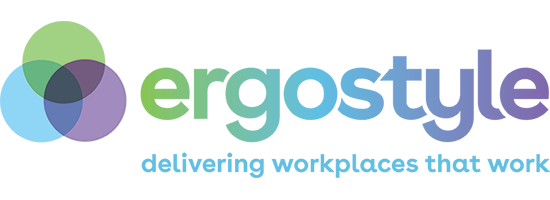

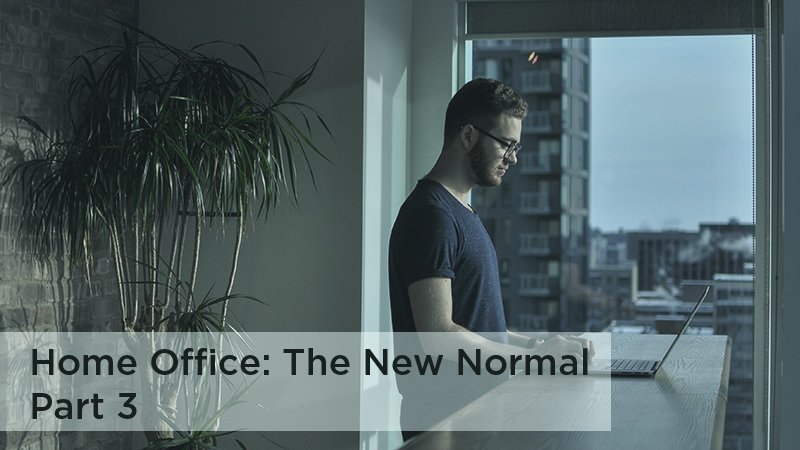

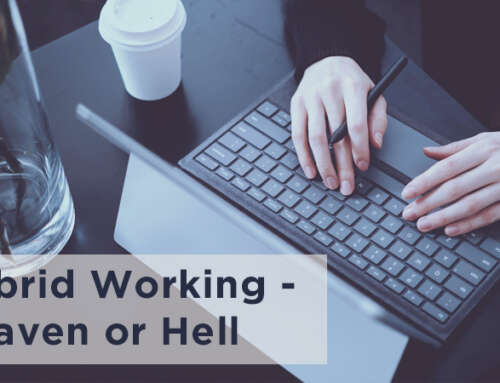
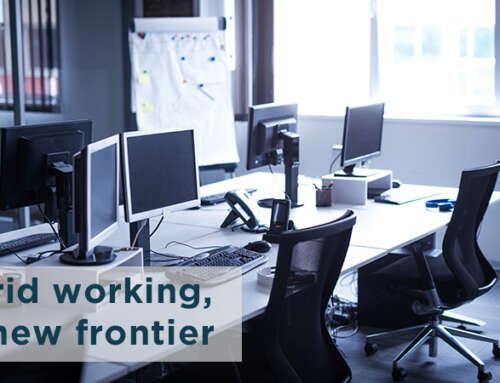
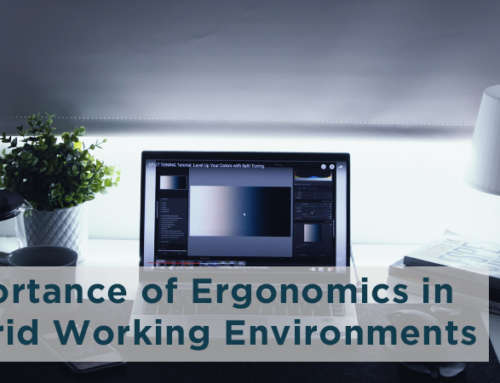
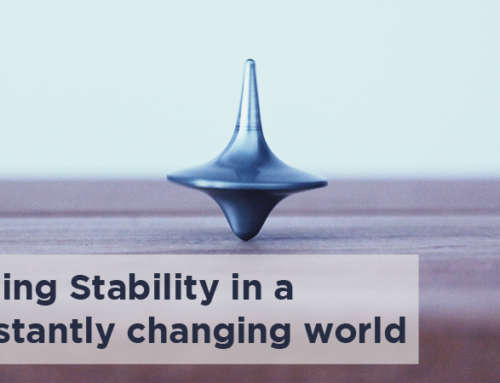

Leave A Comment
You must be logged in to post a comment.